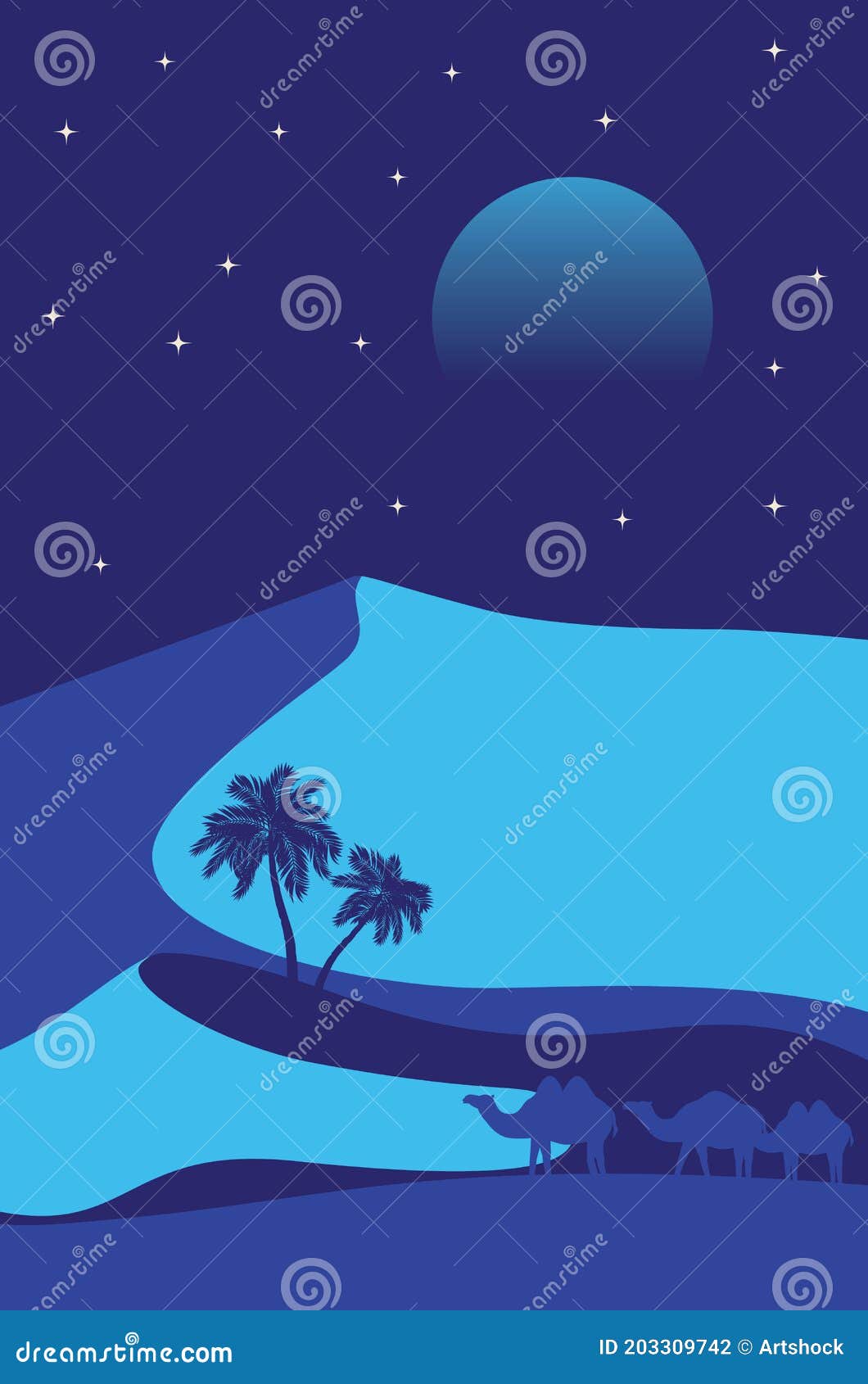

Also in the northern part of the core zone, there are facilities in Dehsalm village and Heydar Abad. There are many eco-lodges and eco-camps around the Lut desert in the western and southern parts of the area. Nowadays, tourism is an important activity and cities around the Lut desert such as Kerman, Shahdad, Bam, Nehbandan, Birjand, Fahraj, Zahedan and Nosrat Abad offer different tourism facilities such as hotels, restaurants, markets, and transportation. It was inscribed based on criteria VII to contain superlative natural phenomena or areas of exceptional natural beauty and aesthetic importance and VIII to be outstanding examples representing major stages of earth's history, including the record of life, significant on-going geological processes in the development of landforms, or significant geomorphic or physiographic features. Lut Desert was inscribed on the World Heritage List in 2016. Based on archeological evidence, the region contains 7,000 years of human culture and civilization. The western fringe of Lut Plain (Shahdad Plain), despite its proximity to the arid and hot desert of Lut, had been selected for living by the ancient men. Since the 5th millennium B.C the region has always been inhabited by human societies. The living of human beings in Lut Plain Region dates back to 7000 years ago. Through the last ten centuries, when the city of Shahdad was known as ‘Khabis’, it was an important trading place on the so-called ‘silk road’ connecting the seaports on the Persian Gulf to Middle Asian regions and also the distant regions in the East and West. History & TodayĪpart from the unique natural landscape of Lut, the cultural/archaeological landscape of western fringe of the Lut Desert is very well-known and important in Near Eastern archaeology. The yardangs in this desert are so extensive it is said that they can be seen from space The hottest spot on Earth with more than 70 degrees celsius recorded by NASA in 2005 in the southwest of Rig-e Yallan. Some of its important natural features are the highest sand dunes of the world with more than 475 meters high, situated in Rig-e Yallan The highest kalutes (yardangs) throughout the world with more than 155 meters high. The high number of natural phenomena throughout the year and the richness of culture in the local communities, turn this desert into a place of natural and cultural importance. Landform evolution in the Quaternary period in this desert represents a particular history of geological and geomorphological changes.

The river flows along 2000 km long, from Ravar Mountains passing the west margin of Gandom Beryan into the salt depression. The presence of the river in Lut increases the singularity of the desert. Another unique feature of the desert is the Shur river. The Hamada plain in the central part of the Lut has a reverse triangular shape pointing towards the south to Shurgaz Hamun playa. The severe hot daily temperature decomposes rock outcrops in the mountains that get deposited on the plains. The geomorphologic conditions of the central part of the Lut are developed as a pebble and sand plain. The area of the core zone is about 23,000 square kilometers and the protected area, that works as a buffer zone, is about 18,000 square kilometers which includes Rig- e Yallan (sand dunes), Kalut (yardang), Nebka (depressions), Shur river, Gandom Beryan (plateau covered With dark lava) and the central Hamada (Desert pavement). The Lut Desert is located in the southeast part of Iran among three provinces of Kerman, Sistano Baluchestan, and Khorasan-e Jonubi.


 0 kommentar(er)
0 kommentar(er)
